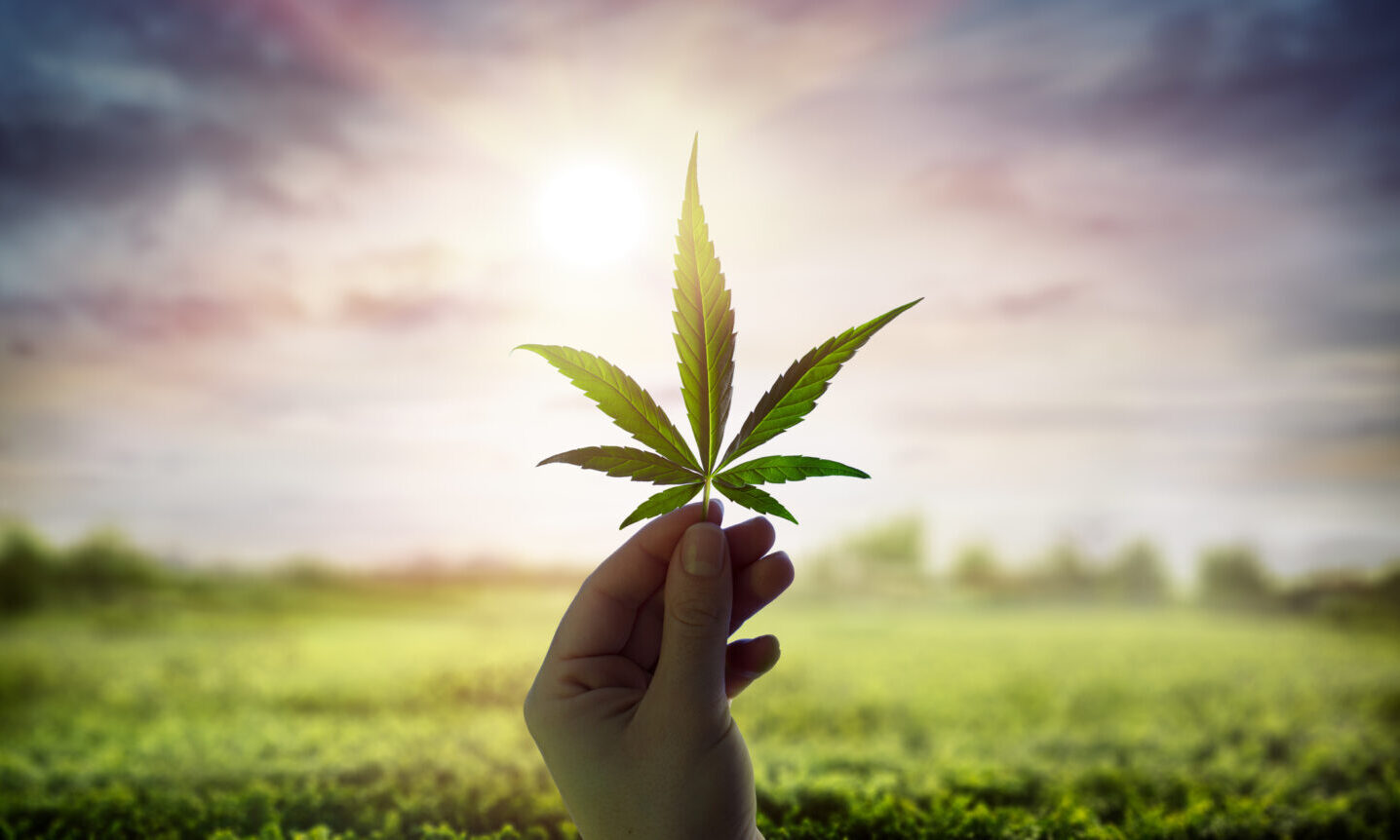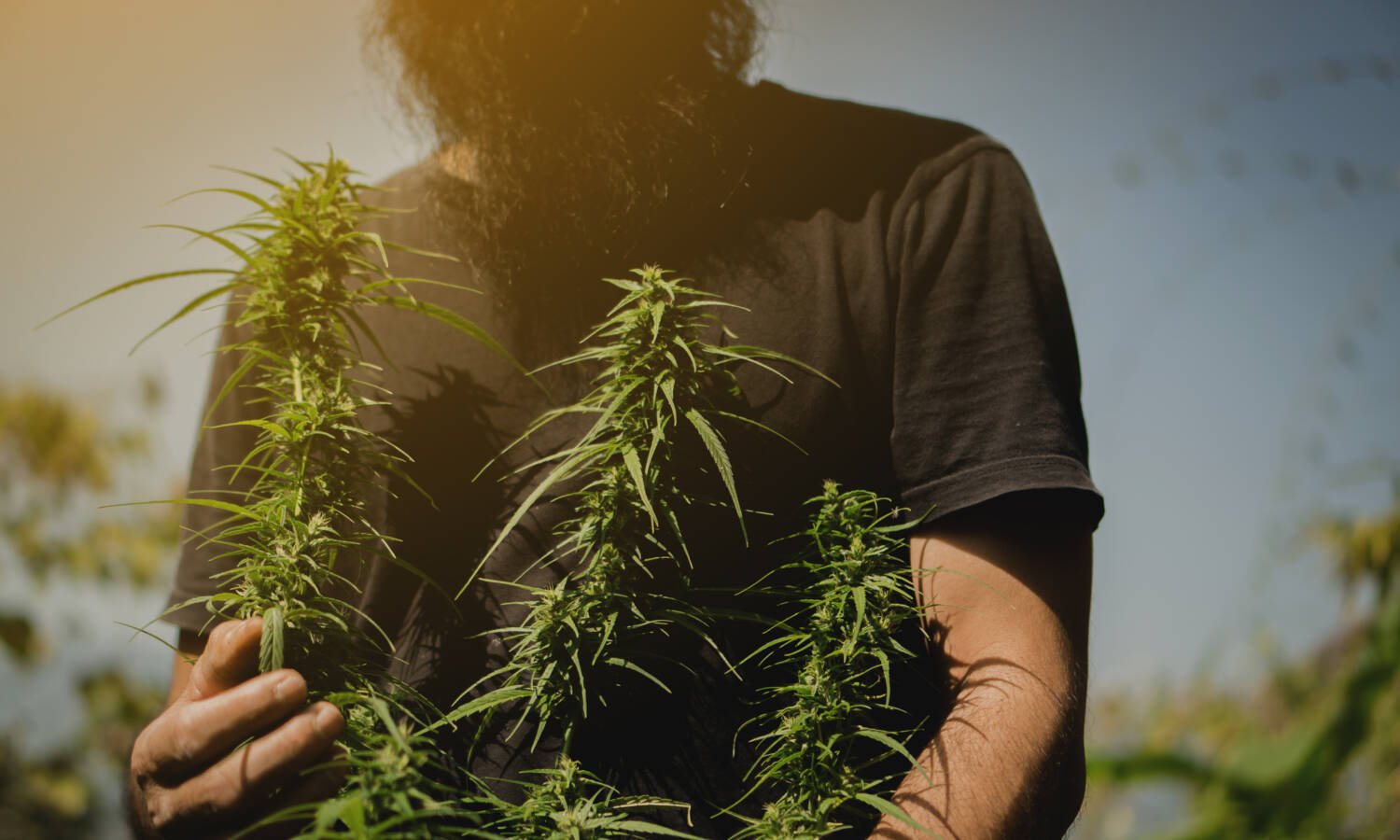
Over the last several months, photographs and stories of unprecedented and dramatically low water levels in the southwestern United States have made their way to the front page of national news. Boats and even dead bodies have been discovered at the bottom of lakes that many never thought would run so dangerously low. This water crisis has sparked a need and demand for immediate change in the way some states use and allocate water.
Several of these states, including California, Arizona and Colorado, have thriving cannabis industries, but a now-dwindling water supply. It is no secret that consistent watering is essential to a successful marijuana harvest, but this precious resource is in jeopardy. How then, is this lack of water affecting the marijuana industry, and is there any hope that a drought could yield any positive results for cannabis in dry places?

The state that is most affected by this drought is also the nation’s top marijuana producer – California. The state is in such a state of water peril that the governor announced a $2.9-billion plan to keep some of California’s vital water flowing in its natural habitats. In fact, according to Modern Farmers, “the state will pay farms to keep thousands of acres vacant this growing season.”
While this sounds like a relief for farmers, the cannabis industry might not make the cut. “Heading into another brutally dry summer, struggling cannabis growers in California could be excluded from the state’s latest assistance plan to save water,” wrote the Water Education Foundation in regards to this latest plan.
Cannabis farms are already subject to strict water regulations in several states, and some illegal marijuana growers have given those rule followers a bad name by association. According to the Washington Post, as of last year “Water thieves, many of them illegal marijuana growers, are tapping into fire hydrants and drilling unauthorized water wells, according to officials, threatening the water supply for residents.”
This type of behavior from illegal growers only furthers the divide between the cannabis industry and other farming. After all, the cannabis industry, even though it is a hugely profitable industry, is not a top tier operation when it comes to water rights in many places.
“Cannabis growers hold a junior right and are the first in line to be curtailed in a drought,” Ted Grantham, a co-director of UC Berkeley’s Cannabis Research Center told the Public Policy Institute of California. In other words, when a water catastrophe hits, the cannabis industry will feel the effects before most other farming industries.
While cannabis may not qualify for some of the same protections as other crops, there is relief for this highly profitable plant. The Department of Cannabis relief in California, for example, said it “encourages cannabis licensees affected by the ongoing statewide drought emergency — including cultivators seeking to conserve water — to request disaster relief.” They make it clear that there are many circumstances that growers can apply for relief to ensure their operations don’t dry up — literally and figuratively.
Drought is also worsening already dangerous wildfire conditions, which can be detrimental to the cannabis industry. Both California and Arizona have already reported wildfires this year, with more likely to come. “As drought and climate change batter the West, many outdoor growers face a new obstacle. Wildfires not only destroy crops, but they also contaminate plants if they are soaked in fire retardant or tainted by excessive smoke,” according to NBC News.
Drought is never good news for farmers. There is, however, some research showing that controlled drought may actually make marijuana more potent. “There is a definitive correlation between drought stress and increased cannabinoid content in cannabis flowers,” said Russell Pace III, President of the Cannabis Horticultural Association to Benzinga. “The plants, sensing stress, are triggered to produce more of their secondary metabolites, which includes cannabinoids and terpenoids.” In other words, controlled drought may yield stronger more potent marijuana.
While these results are from a controlled setting, it can perhaps be a bit of optimistic news for growers and marijuana enthusiasts in states that are likely to struggle with water supply issues for years to come. After all, if marijuana will become more difficult and expensive to grow, it would be nice if you could at least get some extra bang for your buck.




